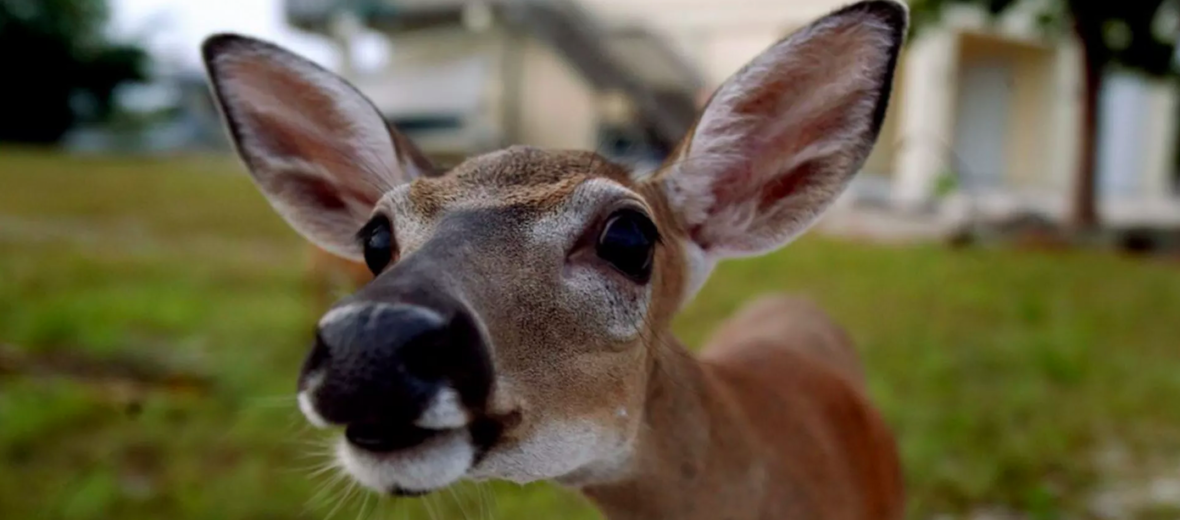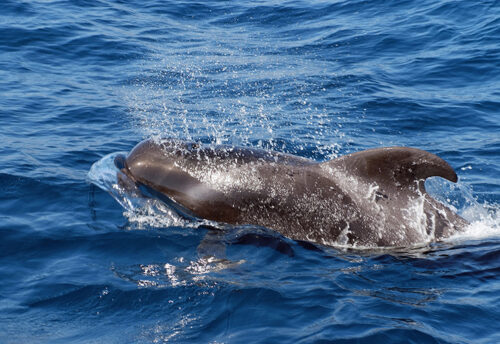
The Key deer is the smallest recognized deer species in North America. These critters are only found in the Florida Keys. They are a subspecies of white-tailed deer. In the 1950s there were only 25 remaining in the wild. Thanks to conservation efforts they are making a comeback. However, due to extreme habitat destruction, human interference, and disease these deer are still listed as Endangered by the IUCN.
First the Stats…
Scientific name: Odocoileus virginianus clavium
Weight: Up to 80 lbs.
Length: Up to 4 feet
Height: Up to 2.5 feet, at the shoulders
Lifespan: Up to 9 years
Now on to the Facts!
1.) Key deer are extremely adept at swimming from island to island.
2.) Contrary to their mainland relatives, these deer have little fear of humans. This is due to living so close to humans on the island chain.
3.) These critters are crepuscular (active at dawn and dusk).
4.) Thanks to habitat destruction and human interference, these deer have been pushed to the Sugarloaf Key to Bahia Honda Key islands; with a primary concentration on Big Pine Key.
5.) Due to their close quarters with humans, there are many occurrences of vehicle strikes (being hit be vehicles).
But wait, there’s more on the Key deer!
6.) These herbivores (eat plant matter) graze on around 150 plant species, but prefer red, white, and black berries. They will also eat mangrove plants as well.
7.) Due to their tolerance of salt, they can also consume small quantities of brackish (mildly salty) water.
Did you know…?
There are only around 1,100 wild individuals remaining, to date.
8.) These deer drink more water than most other deer.
9.) In September 2016, a screw worm infestation was discovered to be affecting the Key deer population. The screw worm is a fly larvae that enters open wounds and eats live flesh, causing a horrible death. By the time the fly population was considered eradicated, in 2017, 135 deer were killed. Many had to be euthanized to spare them from the horrible and inevitable death they would face.
10.) Females only give birth to a single fawn. Unlike the white-tailed deer that can birth twins.
But wait, there’s more on the Key deer!
11.) Due to their small population, inbreeding occurs and has caused a genetic bottleneck for the species and disease tolerance is low, as well as life span.
12.) Does form small herds comprised of adult females and a couple generations of offspring.
13.) Bucks form small bachelor herds.
14.) Breeding takes place pretty mush year round. But there is more emphasis on breeding in October.
Now a Short Key Deer Video!
Be sure to share & comment below! Also, check out the Critter Science YouTube channel. Videos added frequently!
Want to suggest a critter for me to write about? Let me know here.



